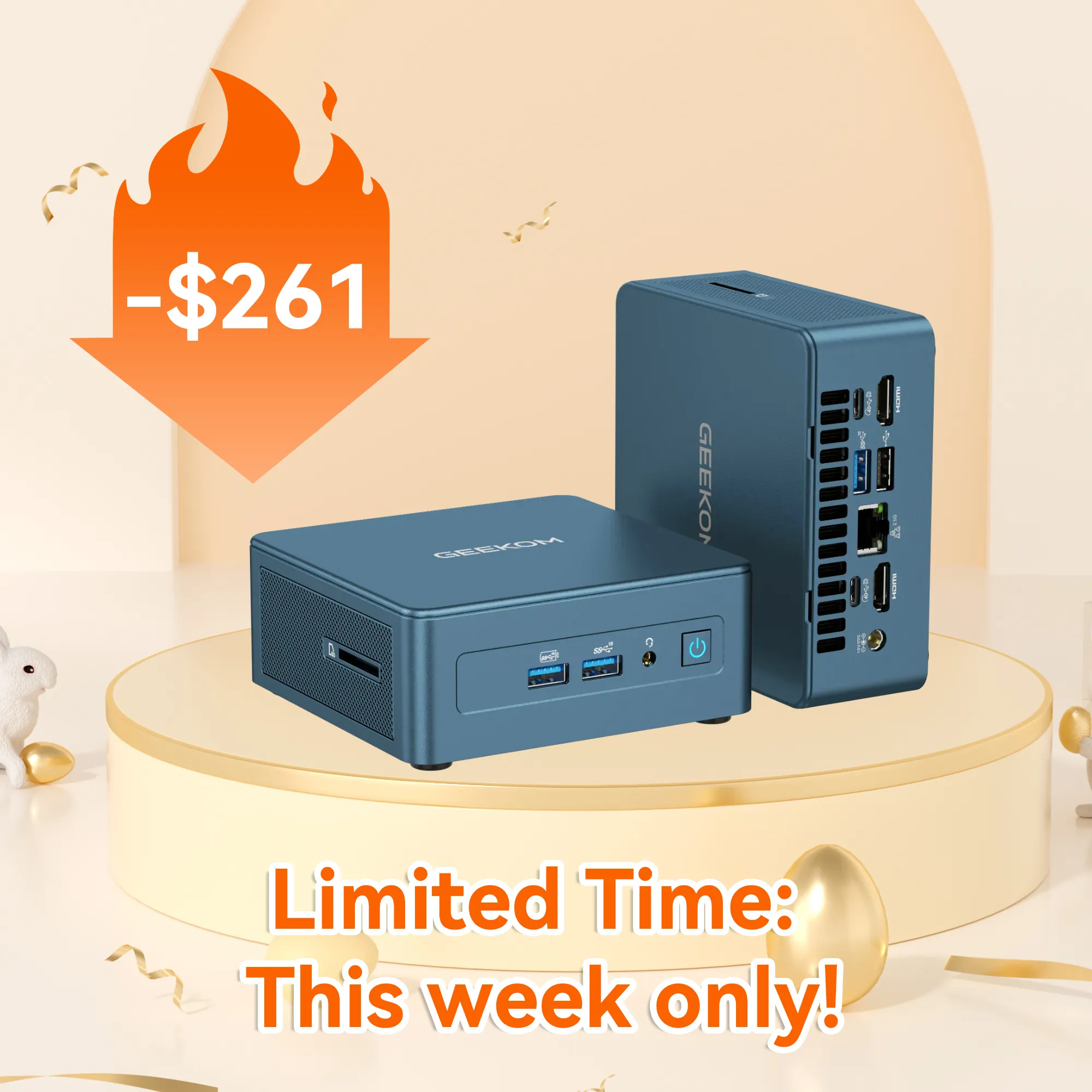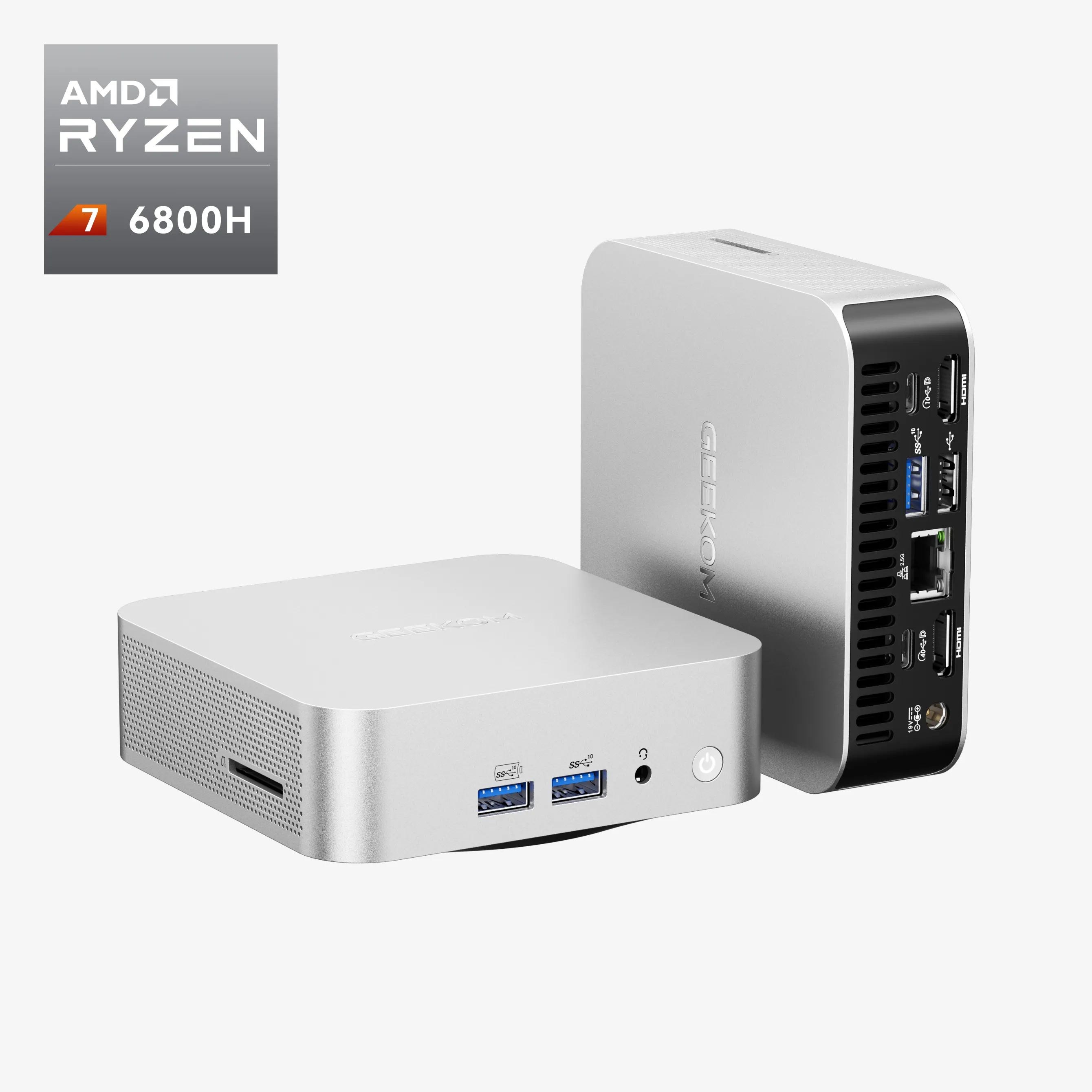Introduction
When we talk about the very latest in technology and how we should approach the design of the fastest Windows desktop PC and other highest-performing PCs, we must consider this: The development of technology has conditioned us to measure performance by raw computing power alone, without taking an integrated approach towards the summation of computer components. In other words, in the age of AI processing and real-time ray tracing, expectations from the computer have evolved. The demands of performance from the computer have reached a new level of complexity.
In our analysis here, we shall focus on two leading processors in the x86 line-up—the AMD Ryzen 9 9950X and the Intel Core i9-14900K. If paired up with NVIDIA’s RTX 4090s, these processors could make for the fastest Windows-based PCs attainable at any point. It is only through comprehensive examination by running a series of synthetic benchmarks alongside using real-life applications that we can truly know what makes any computer system fast or slow at running its tasks – this way, you will be able to choose which configuration suits you most.
Flagship Processor Battle
Single-Thread Performance Comparison
| Benchmark Test | AMD Ryzen 9 9950X | Intel Core i9-14900K | Performance Gap |
| Cinebench R23 | 2,262 | 2,146 | AMD +5.4% |
| Geekbench 6 | 3,410 | 3,125 | AMD +9.1% |
| CPU-Z | 887 | 967 | Intel +8.3% |
The desktop performance clash between the latest AMD and Intel chips is the platform for an exciting competition next year. In our full-range benchmark studies, these chipsets both display incredible capabilities; however, each flourishes in its settings.
AMD Ryzen 9 9950X has made noteworthy leaps in short thread performance, demonstrated by scoring 2262 Cinebench R23 as compared to 2146 for Intel. This 5.4% advantage is later extended to 9.1% on Geekbench 6. Still, Intel’s Core i9-14900K is keeping ahead when it comes to some tasks, such as in CPU-Z individual core performances, where it enjoys a margin of 8.3%.
Multi-Thread Performance Comparison
| Benchmark Test | AMD Ryzen 9 9950X | Intel Core i9-14900K | Performance Gap |
| Cinebench R23 | 42,871 | 38,394 | AMD +11.7% |
| Geekbench 6 | 22,430 | 22,055 | AMD +1.7% |
| CPU-Z | 17,437 | 17,387 | AMD +0.3% |
As far as the multi-threading performance story goes, there is a lot more to that. 14900 K’s Cinebench R23 results were around 38494, which were surpassed by the Ryzen 9 9950X, which scored 42871—an impressive lead of about 11.7%, despite the fact that in overall performance between CPU-Z multi-threading tests, we found that none of them significantly outperforms the other.
By analyzing the results, it’s clear that both processors have many good points, even though they seem to be different from each other. According to today’s performance tests, AMD’s technology demonstrates especially good results, demonstrating that they are optimized perfectly well for today’s operating systems. On the other hand, Intel processors demonstrate competitive efficiency in all respects, including standard computing methods.
Gaming Performance Analysis
In moving beyond synthetic benchmarks, the actual gaming situation is a vital reflection of these processors’ capabilities. With NVIDIA RTX 4090, both systems prove very good in gaming; however, they have different performance profiles.
In 3DMark, AMD’s build scores 45,208 points, while the Intel platform gets 39,397 marks, which represents a significant difference of 14.7%. However, synthetic benchmarks can only tell us so much without considering how things are. It is not until we test this out practically by running Cyberpunk 2077 at ultra-widescreen resolution (3840×1600) that we can see how differently these two systems perform.
Cyberpunk 2077 Performance at 3840×1600 (4K)
| Quality Setting | Configuration | Minimum FPS | Average FPS | Maximum FPS |
| Ultra | AMD 9950X | 58.1 | 72.6 | 87.1 |
| Ultra | Intel 14900K | 56.6 | 70.7 | 84.9 |
| High | AMD 9950X | 92.9 | 116.2 | 139.4 |
| High | Intel 14900K | 90.6 | 113.2 | 135.8 |
At maximum settings, all setups manage more than 60 frames per second (FPS) as measured by smooth gaming experiences on screen, with AMD leading slightly ahead concerning frame rates. Thus, the intensity between them persists irrespective of different quality presets, which hints not at temporary bottlenecks but rather at inherent architectural superiority.
Both systems also show excellent frame time consistency since higher minimum frame rates for AMD in relation to its counterpart point towards better performance stability. The relevance of this issue is most significant during gaming using high refresh rate displays, where maintaining frame delivery rates becomes essential for playing against others competitively.
Purchase Guide & Use Cases
The technical attributes of different systems are equivalent to providing specific benefits for various user scenarios. Therefore, it is important to interpret these differences to justify an appropriate spending judgment that suits your goals.
Content creators in professional fields may be attracted by the AMD Ryzen 9 9950X’s 11.7% lead in multi-threaded performance, which implies much faster rendering times and enhanced productivity when using professional software, especially for video editing workflows, 3D rendering applications, and any involved simulations at a high level.
Recommended System Configuration
| Component | Recommendation | Key Consideration |
| Memory | 32GB DDR5-6000+ | Higher frequency benefits both platforms |
| Power Supply | 1000W Platinum | Ensures stability under heavy loads |
| CPU Cooling | 360mm AIO minimum | Required for sustained performance |
| Storage | PCIe 4.0 NVMe SSD | 2TB recommended for content creation |
On the other hand, both AMD and Intel platforms have great gaming performance. However, AMD has persisted in providing higher rates of frame and 3DMark scores than its competitor, which appeals to most hardcore gamer enthusiasts. When other factors are brought into consideration, though, the choice may not seem as obvious.
However, AMD’s upgrade path to the AM5 socket provides better long-term value, while on the other hand, Intel’s platform is characterized by low initial investment. The power efficiency advantage favours AMD, which implies that it may result in lower temperatures during operation, hence saving on future costs of electricity.
Return on Investment Analysis
There are other factors besides initial performance metrics that come into play when considering long-term value creation. For example, superior multi-threaded performance and better upgrade potential make the AMD platform more cost-effective compared to its initial cost, which is potentially higher. Intel still stands out for competitive gaming performance and its lower prospective entry cost.
Value Analysis
| Aspect | AMD Platform | Intel Platform |
| Initial Investment | Higher | Lower |
| Upgrade Potential | Stronger AM5 future | Limited pathway |
| Power Efficiency | Better | Higher consumption |
| Performance/$ | Varies by workload | Gaming focused |
Practical Tips & Optimization Guide
To get the best out of these systems, system configuration and maintenance must be considered seriously. Enhancements in modern CPU’s boost behaviour have made it vital to do the right setup for them so that they can perform at their peak points.
Precision Boost Overdrive (PBO) should be turned on for AMD Ryzen 9 9950X while ensuring that temperatures do not exceed 75°C for optimum boosting capability. Also, the correct Thermal Velocity Boost (TVB) setup is essential for Intel’s core i9-14900K; however, strict power limits are necessary to keep this performance up.
When it comes down to maintaining top performance, cooling solution implementation weighs a lot. Our tests have shown that you need at least a good-quality AIO cooler of size 360mm for these processors, though for consistent boost behaviour, custom water cooling provides additional thermal headroom.
For people who want a powerful yet small desktop computer at the same time using these top-performance setups, the GEEKOM Mini IT13 is what will cater to their needs. Also, it features a form factor that is easy to use when employing Intel’s 13th-gen Core i7-13620H processors together with 13900H CPUs. With Intel® Iris® Xe Graphics, which can support 8K up to four displays, professionals with a penchant for movies would be an opportune time to watch their movies.
- 13th Gen Intel Core i9-13900H , Core i7-13620H
- Intel® Iris® Xe Graphics for i9, Intel® UHD Graphics for i7
- Extensive port selection including two USB4 ports and two HDMI 2.0 ports
- Intel® Bluetooth® 5.2 and Wi-Fi 6E for faster connections
Conclusion & Purchase Recommendations
After we have analyzed all the details, if you are after high performance in computing power, then AMD Ryzen 9 9950X or Intel Core i9-14900K would be a profound solution since they both have their strengths. Both CPUs have their strong points, but when compared side by side, there is hardly any clear winner as far as performance is concerned. If one wants to squeeze every last drop out of these processors’ power potentials, which they have in abundance, you cannot afford not to consider them. AMD Ryzen 9 9950X has slightly better multi-threaded speeds and gaming capabilities than the latter model. Besides, it can easily be upgraded using the AM5 slot.
Although Intel’s top-tier offering is more efficient in some cases and consumes less power under identical workload conditions, users would have to spend less initially if they selected Intel Core i9-14900K over AMD Ryzen 9 9950X because it outperforms the latter in single-threaded applications and certain games with one common attribute: i9-14900K is often cheaper, making it ideal for users who are looking for immediate rather than future return on investment.
The reason why so many content creators who are established in the field would choose the AMD platform is because it offers superior efficiency and multicore performance. Since the two platforms deliver similar performances in games, though only a few other areas, those who are into gaming might still want to settle for the boy doctor in their wards, and their energy usage can go hand in hand, too. The GEEKOM Mini IT13, which is both compact and powerful, also deserves some credit here should there be a need, especially if one wants to purchase a powerful small computer. It comes with either an Intel Core i7-13620H or i9-13900H processor of the 13th Gen, supports quad displays, and up to 8K, among other professional and entertainment requirements. There are many ports available on this system, including fast network connections for easy expansion or carrying around from place to place.
Both of these devices are a good way for extreme users to get high speeds on their gadgets. However, it would help if you chose what will suit your needs for real, how much you are willing to spend on it, and the plans that you have for the future.

























